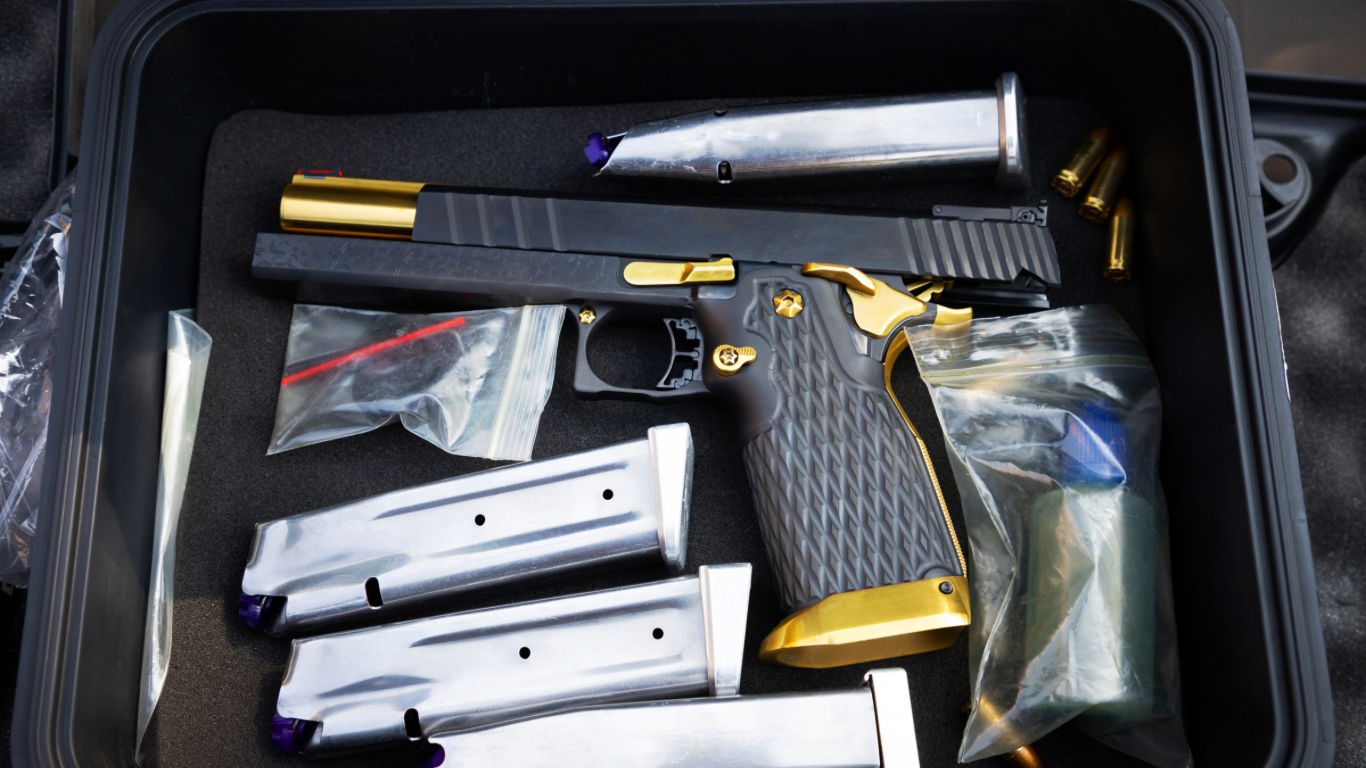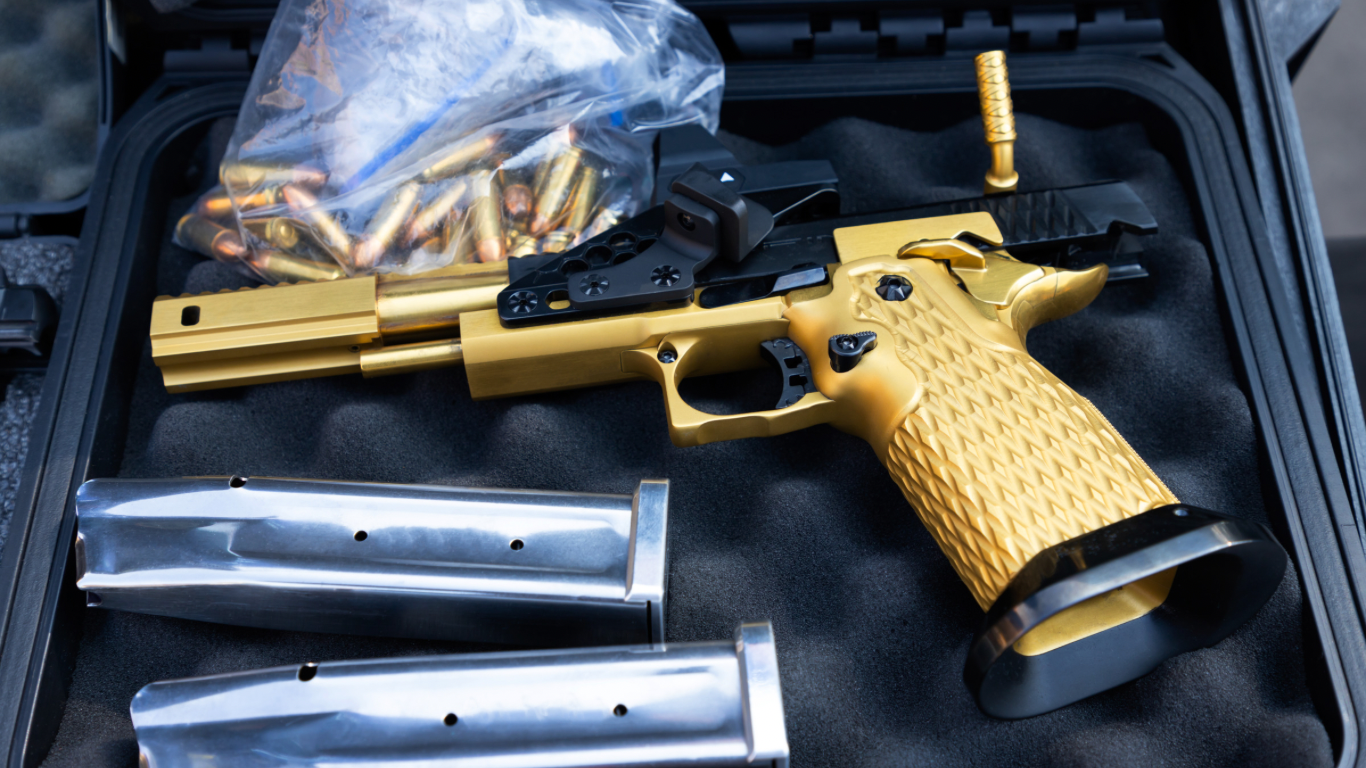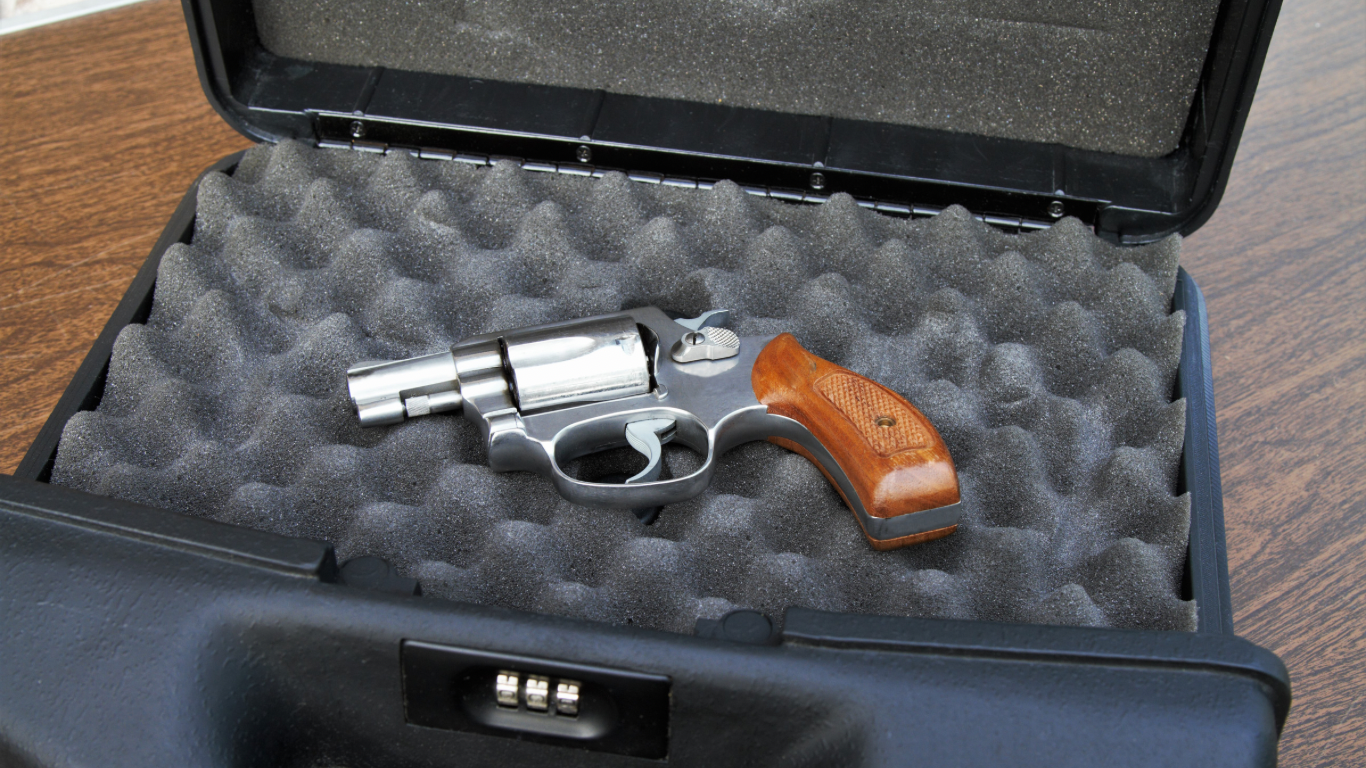Owning firearms is a lawful right that many individuals in the United States exercise. Whether it be for personal protection or recreational hunting, transporting guns and ammo is a common practice. However, gun owners must be familiar with the legal requirements regarding the transportation of firearms, as any violations can lead to legal consequences. In this blog post, we will discuss the legal requirements for transporting guns and ammo in the United States.
Gun transportation in a vehicle
When transporting guns in a vehicle, it is crucial to ensure that the firearms are unloaded and enclosed in a case or secured compartment. The firearms must also be out of immediate reach and not visible from outside of the vehicle. Additionally, some states require that the ammunition be stored separately from the firearms. Violations of these laws can result in fines and even criminal charges.
Airline transport of firearms
Many gun owners travel with their firearms for recreational activities such as hunting or attending shooting events. When flying with firearms, it is crucial to follow the regulations set by the Transportation Security Administration (TSA). Firearms must be unloaded and packaged in a hard-sided container with an approved lock. The firearm case must also be checked in with the airline, and the owner must complete a declaration form disclosing the firearm’s presence.
International transport of firearms
International transport of firearms requires additional documentation and customs clearance procedures. The owner must obtain permits from the destination country’s authorities and complete U.S. Department of Commerce and U.S. Customs and Border Protection forms. It is advisable to contact the destination country’s embassy or consulate to seek more information on the customs procedures to ensure compliance with their laws.
Transporting firearms across state lines
Transporting firearms across state lines requires compliance with the laws of both the starting and end destination states. Some states have laws that differ significantly from others, such as restrictions on certain types of firearms or magazine capacities. It is crucial to research state laws before transport to avoid any legal violations.
Transporting ammunition
Transporting ammunition comes with its own set of regulations and restrictions. The U.S. Code of Federal Regulations states that ammunition must be packaged in a container that is either separate from the firearm or in a secure package that cannot be easily accessed. Some airlines also have rules pertaining to transporting ammunition, so it is advisable to confirm with the airline before traveling.
Conclusion
The legal requirements for transporting guns and ammunition can vary depending on the state and mode of transportation. As gun owners, it is crucial to be knowledgeable about these requirements as violations can lead to serious legal consequences. Ensuring that firearms are unloaded, properly secured in a case, and out of immediate reach is crucial, as well as researching any state or international laws that may differ from one’s own state. By being aware of these regulations, gun owners can safely and legally transport firearms and ammunition for personal protection or recreational activities.







